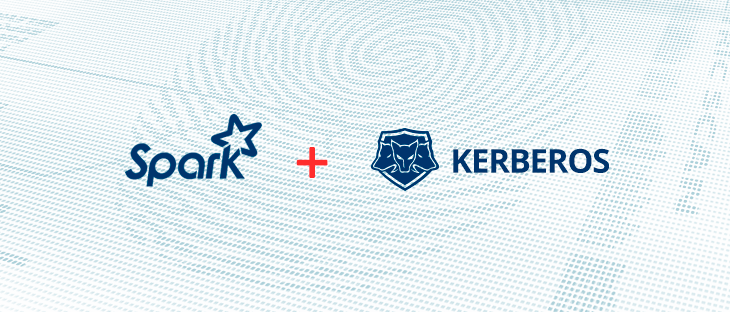When we want to fit a Machine Learning (ML) model to a big dataset, it is often recommended to carefully pre-process the input data in order to obtain better results.
This will be the last installment in the “Continuous Delivery in depth” series. After the good and the bad, here comes the ugly. Ugly because of the amount of changes required: a pull request with 308 commits was merged adding 2932 lines, whilst removing a whooping 10112.
Companies have come to realize of late that the real value of their business is data. There has been a rush to create huge Data Lakes to store the enormous amounts of data available inside each company.
We don’t usually like to boast but on this one we can’t hold back. As of 17 February 2017, a huge (but just symbolic) milestone was reached: more than 1000 automated releases performed by our Jenkins installation, from each continuous delivery pipeline.
This is the first part of a story, a story about how important it is to have a reliable release and deployment process.
This post is about an exciting journey that starts with a problem and ends with a solution. One of the top banks in Europe came to us with a request: they needed a better profiling system.
Amongst all the Big Data technology madness, security seems to be an afterthought at best. When one talks about Big Data technologies and security, they are usually referring to the integration of these technologies with Kerberos.
After the resounding success of the first article on recommender systems, Álvaro Santos is back with some further insight into creating a recommender system. Coming soon: A follow-up Meetup in Madrid to go even further into this exciting topic. Stay tuned!
Remember issue #1 published in the summer? We are back with the next part in the series, wearing the hat of Pitfall Harry to look at some of the issues we have come across and how these have impacted our day-to-day job. We also include some tips for overcoming them.
What is Stratio? This is a question that we can really only answer now, three years after our foundation by a team of seasoned engineers in 2013. Why has it taken us so long? Because we have been busy pulling together the most transformational and disruptive tool ever to exist.










